Home>Garden Essentials>Garden Storage>How Deep Should A Wardrobe Be
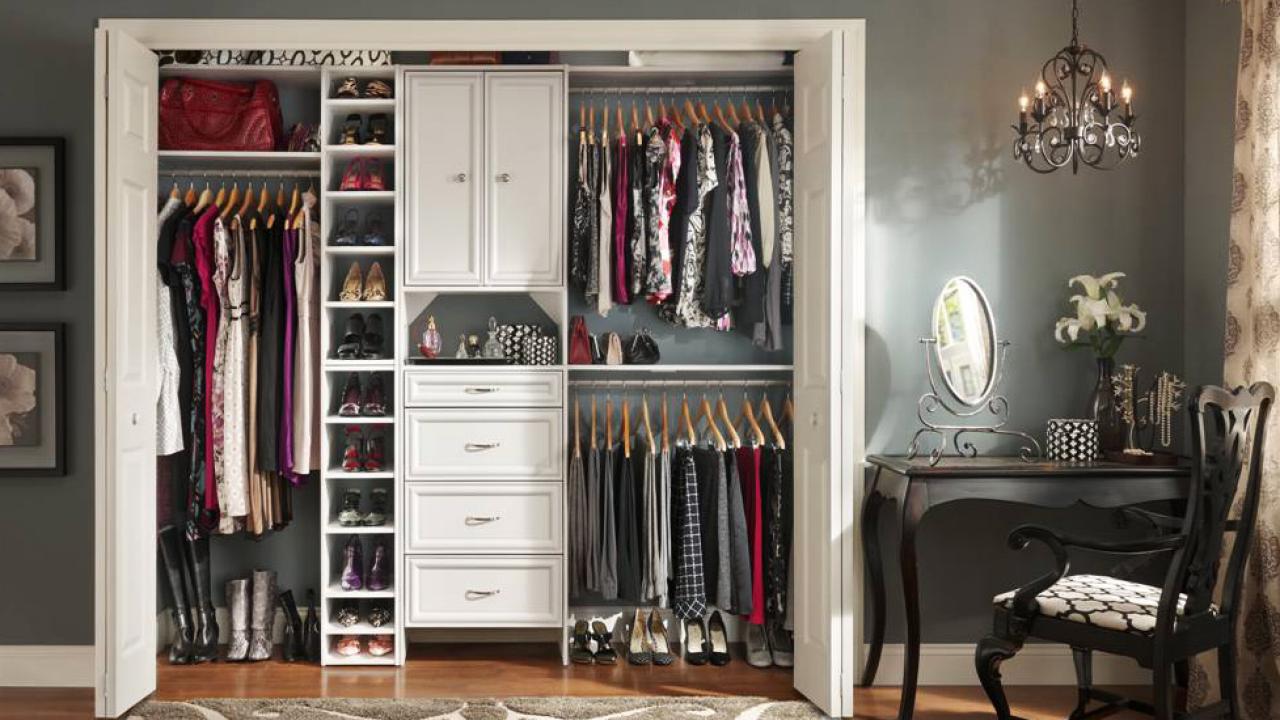

Garden Storage
How Deep Should A Wardrobe Be
Modified: February 29, 2024
Discover the ideal depth for your wardrobe storage with our helpful guide. Maximize your closet space and find the perfect balance for your storage needs.
(Many of the links in this article redirect to a specific reviewed product. Your purchase of these products through affiliate links helps to generate commission for Storables.com, at no extra cost. Learn more)
Introduction
When it comes to designing a functional and aesthetically pleasing wardrobe, one of the key considerations is the depth of the wardrobe. The depth of a wardrobe determines its storage capacity and how well it can accommodate a variety of clothing items and accessories. Finding the right depth for your wardrobe is crucial to ensure that it meets your storage needs while fitting seamlessly into your space.
In this article, we will explore the factors to consider when determining the depth of a wardrobe, the standard wardrobe depths available, and the benefits of different depths. Whether you are renovating your existing wardrobe or building a new one from scratch, understanding the importance of wardrobe depth will help you make informed decisions and create a well-organized and functional storage solution.
So, let’s dive in and explore the world of wardrobe depths!
Key Takeaways:
- Finding the perfect wardrobe depth is crucial for maximizing storage and organization. Consider factors like available space, clothing types, and future needs to make an informed decision.
- Standard, shallow, and deep wardrobe depths each offer unique benefits. Choose based on your storage needs, available space, and personal preferences to create a functional and efficient storage solution.
Read more: How To Organise Deep Wardrobe Shelves
Standard Wardrobe Depths
When it comes to standard wardrobe depths, there are a few common measurements that are widely accepted and implemented in wardrobe design. These standard depths are determined based on practical considerations and the average dimensions of clothing items.
Here are the most common standard wardrobe depths:
- Standard Depth (22 inches / 56 cm): This is the most commonly used depth for wardrobes. It provides a good balance between storage capacity and space efficiency. It allows for ample hanging space for clothes on hangers and provides enough depth for folded items on shelves or in drawers.
- Shallow Depth (14-16 inches / 36-41 cm): Shallow depth wardrobes are ideal for small spaces or areas with limited clearance. They are commonly used in narrow hallways or tight closets. While the storage capacity is somewhat compromised, they can still accommodate clothing items on hangers and offer some shelf space.
- Deep Depth (24-28 inches / 61-71 cm): Deep depth wardrobes are suitable for individuals with extensive clothing collections or those who require additional storage space. They can accommodate bulkier items such as winter coats, dresses, and long garments without compromising the hanging space. The extra depth also allows for more storage options such as shoe racks, accessory organizers, or even a built-in dressing table.
Please note that these measurements are general guidelines and can vary depending on the manufacturer and specific design requirements. It’s always important to consider your personal storage needs and space limitations when selecting a standard wardrobe depth.
Now that we have explored the standard wardrobe depths, let’s take a look at the considerations to keep in mind when determining the depth of your wardrobe.
Considerations for Wardrobe Depth
When determining the ideal depth for your wardrobe, there are several important factors to consider. These considerations will help you create a wardrobe that suits your storage needs and fits seamlessly into your space.
1. Available Space: The first consideration is the available space in your room or closet. Measure the width and height of the area where the wardrobe will be placed to ensure that it will fit properly. Take into account any obstacles such as doors, windows, or furniture that might affect the depth of the wardrobe.
2. Clothing Types: Consider the types of clothing items you need to store. If you mainly wear shorter clothing items such as t-shirts and blouses, a standard depth wardrobe will suffice. However, if you have a lot of long dresses, coats, or bulky sweaters, you may want to opt for a deeper wardrobe to accommodate their length or thickness.
3. Accessibility: Think about how easily you want to access your clothes. A standard depth wardrobe allows for easy visibility and access to most clothing items. However, if you prefer a more organized and streamlined appearance, a shallow depth wardrobe may be suitable as it encourages you to declutter and curate your wardrobe more frequently.
4. Storage Needs: Assess your storage needs and preferences. If you have a large shoe collection or require extra space for accessories such as handbags or hats, a deeper wardrobe with additional storage options like shelves or racks would be beneficial.
5. Future Considerations: Consider any potential changes in your clothing collection or lifestyle. If you anticipate your wardrobe expanding or changing in the future, it may be wise to opt for a slightly larger depth to accommodate any potential growth.
By taking these considerations into account, you can determine the ideal depth for your wardrobe that will maximize its functionality, organization, and accessibility.
Next, let’s explore the benefits of different wardrobe depths to help you make an informed decision.
The standard depth for a wardrobe is around 24 inches (61 cm) to allow for hanging clothes and storage. However, if you have bulky items or need extra storage space, consider a depth of 28-30 inches (71-76 cm).
Benefits of Different Depths
Choosing the right depth for your wardrobe can have a significant impact on its usability and functionality. Different depths offer various benefits that cater to different storage needs and preferences. Let’s explore the benefits of different wardrobe depths:
1. Standard Depth: The standard depth wardrobe offers a balanced approach to storage. It provides ample hanging space for clothing items on hangers and allows for folded items on shelves or in drawers. This depth is ideal for most clothing types and is commonly used in bedrooms or walk-in closets. It offers a good compromise between storage capacity and space efficiency.
2. Shallow Depth: A shallow depth wardrobe is advantageous in smaller spaces or areas with limited clearance. It allows for easy access, as clothing items are more visible and within reach. Shallow depth wardrobes are suitable for organizing specific categories of clothing, such as shirts or blouses. They can also be used in narrow hallways or tight closets where space is a concern.
3. Deep Depth: Deep depth wardrobes offer the advantage of increased storage capacity. They are ideal for individuals with extensive clothing collections or those who require additional space for bulkier items like winter coats or long dresses. The extra depth also allows for more storage options, such as specialized compartments for shoes, accessories, or even a built-in dressing table. If you prefer a well-organized and spacious wardrobe, a deep depth will be beneficial.
4. Customized Depth: In some cases, you might require a custom depth wardrobe to fit unique space requirements or cater to specific storage needs. Customized depths allow you to maximize storage while ensuring a perfect fit in your room or closet. This option is often chosen when working with small or irregularly-shaped spaces.
Choosing the right depth for your wardrobe ultimately depends on your storage needs, available space, and personal preferences. By understanding the benefits of different depths, you can make an informed decision that aligns with your requirements.
Now that we have explored the benefits of different depths, let’s move on to some wardrobe depth recommendations based on common scenarios.
Wardrobe Depth Recommendations
Choosing the right wardrobe depth depends on various factors such as available space, storage needs, and personal preferences. Here are some recommendations based on common scenarios:
1. Standard Bedroom: For a standard-sized bedroom, a wardrobe with a standard depth of around 22 inches (56 cm) will work well. This depth provides enough space for hanging clothes on hangers, as well as shelves or drawers for folded items. It offers a good balance between storage capacity and space efficiency.
2. Small or Narrow Spaces: In small or narrow spaces, such as hallways or tight closets, a shallow depth wardrobe of around 14-16 inches (36-41 cm) is recommended. This allows for easy accessibility while utilizing the available space effectively.
3. Extensive Clothing Collection: If you have an extensive clothing collection or need additional storage space, a deeper wardrobe with a depth of 24-28 inches (61-71 cm) is ideal. This depth can accommodate bulkier items like winter coats, long dresses, or suits, while still providing ample space for other clothing items.
4. Customized Spaces: In cases where you have unique space dimensions or specific storage requirements, a customized depth wardrobe is recommended. This allows you to maximize storage capacity while ensuring a perfect fit in your space.
Remember to consider the height and width of the wardrobe as well, as they play a role in optimizing storage capacity. Additionally, consider incorporating organizational solutions such as adjustable shelves, drawers, and accessory compartments to enhance functionality and keep your wardrobe organized.
Consulting with a professional wardrobe designer or utilizing online design tools can also help you visualize different depth options and make an informed decision based on your unique circumstances.
Now that we’ve explored different depth recommendations, let’s conclude our discussion on wardrobe depth.
Read more: How Deep Should A Closet Be?
Conclusion
Choosing the right depth for your wardrobe is crucial to create a functional and efficient storage solution. By considering factors such as available space, storage needs, and personal preferences, you can determine the ideal depth for your wardrobe.
Standard depths, ranging from 14-16 inches for shallow wardrobes, around 22 inches for standard wardrobes, and 24-28 inches for deeper wardrobes, provide a good starting point for most individuals. However, customized depths are also an option to tailor the wardrobe to unique space requirements or specific storage needs.
Benefits of different depths include increased storage capacity, easy accessibility, and optimized organization. A well-designed wardrobe allows for efficient organization of clothing items, whether it’s hanging garments, folded items, or specialized compartments for accessories.
To ensure the best use of space and functionality, consider incorporating adjustable shelves, drawers, and accessory compartments. These organizational solutions can enhance the storage capacity and overall usability of your wardrobe.
When choosing a wardrobe depth, it’s essential to balance storage needs with available space. Take measurements, evaluate your clothing collection, and consider any potential changes or future growth. By taking these factors into account, you will be able to select a wardrobe depth that suits your needs and fits seamlessly into your space.
Remember, consulting with professionals or using online design tools can provide valuable insights and assistance in creating the perfect wardrobe. Take the time to research and explore different options before making a final decision.
In conclusion, finding the right depth for your wardrobe is a critical step in creating a well-organized and functional storage solution. By considering various factors and recommendations, you can design a wardrobe that meets your storage needs and enhances the overall aesthetics of your space.
Frequently Asked Questions about How Deep Should A Wardrobe Be
Was this page helpful?
At Storables.com, we guarantee accurate and reliable information. Our content, validated by Expert Board Contributors, is crafted following stringent Editorial Policies. We're committed to providing you with well-researched, expert-backed insights for all your informational needs.
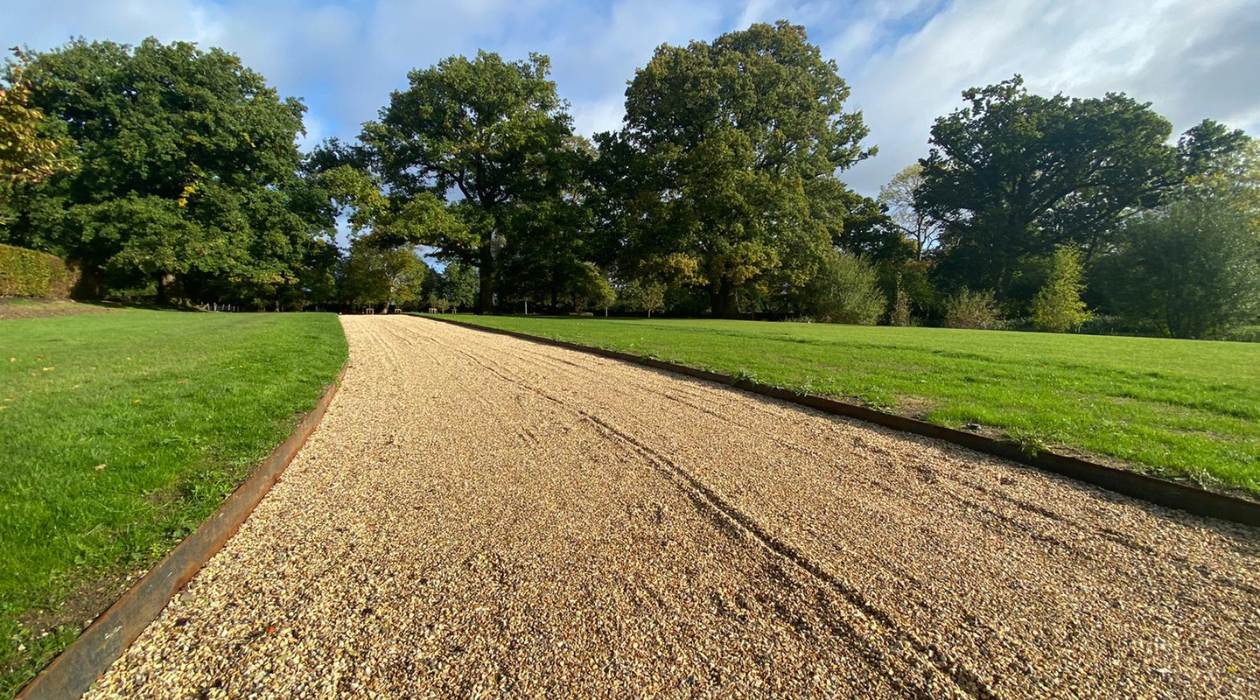


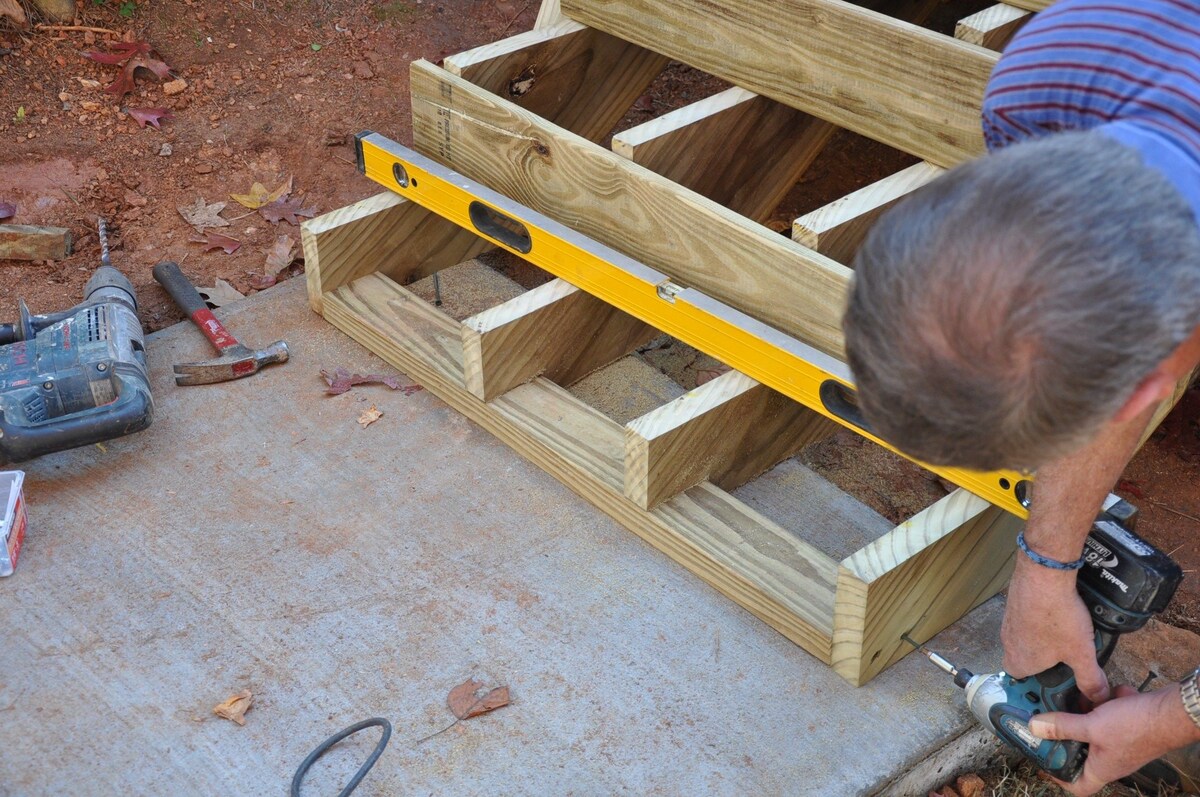
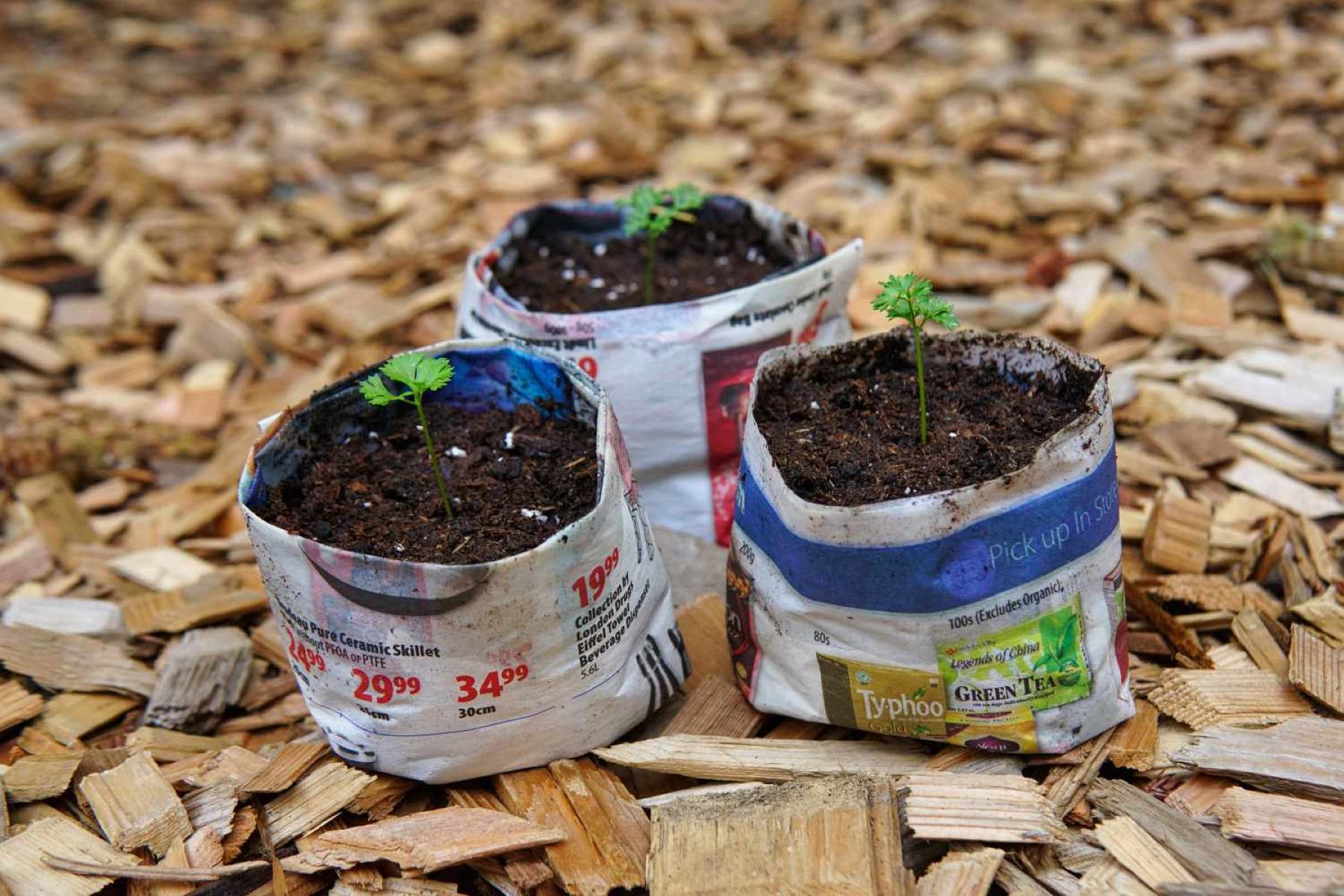
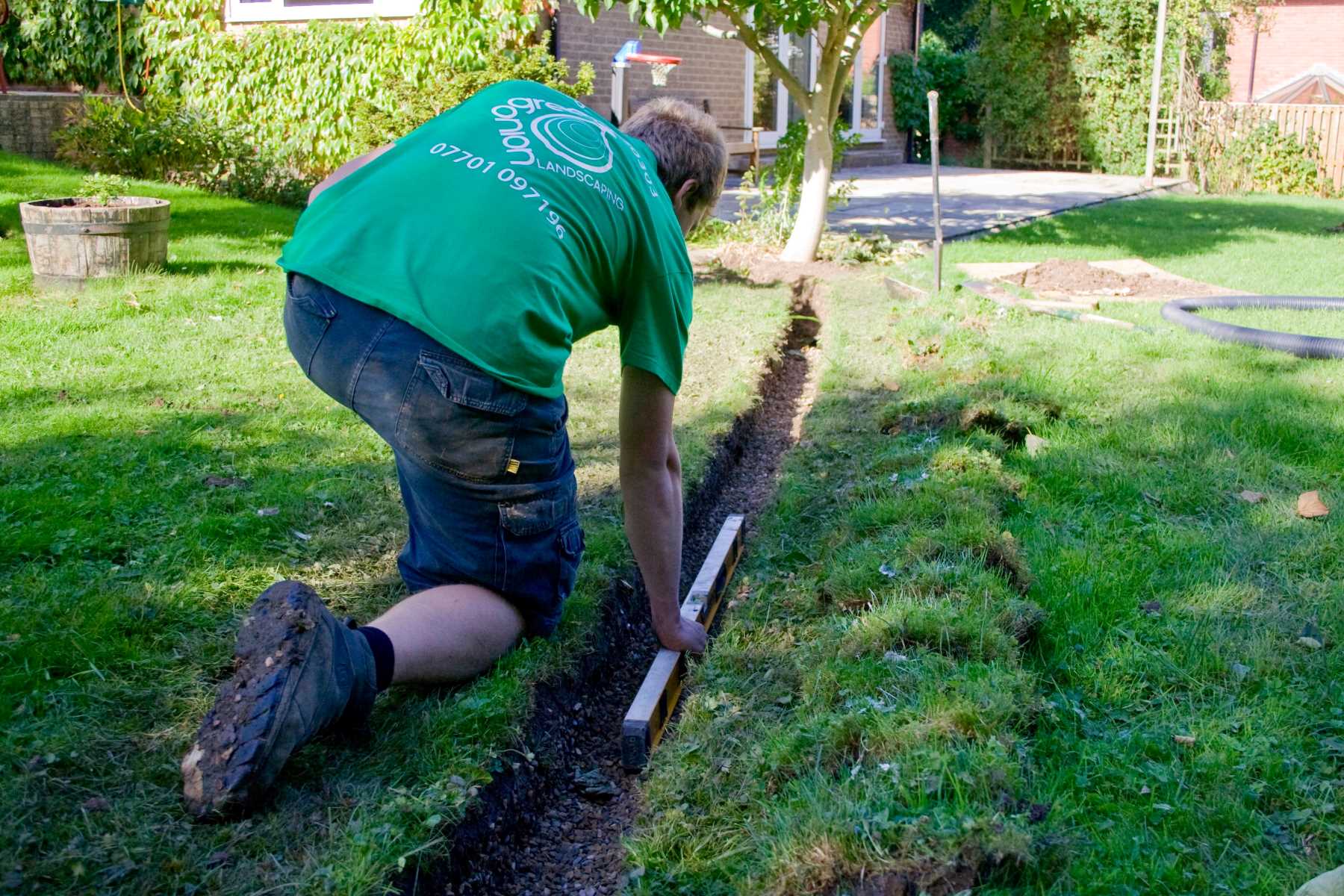
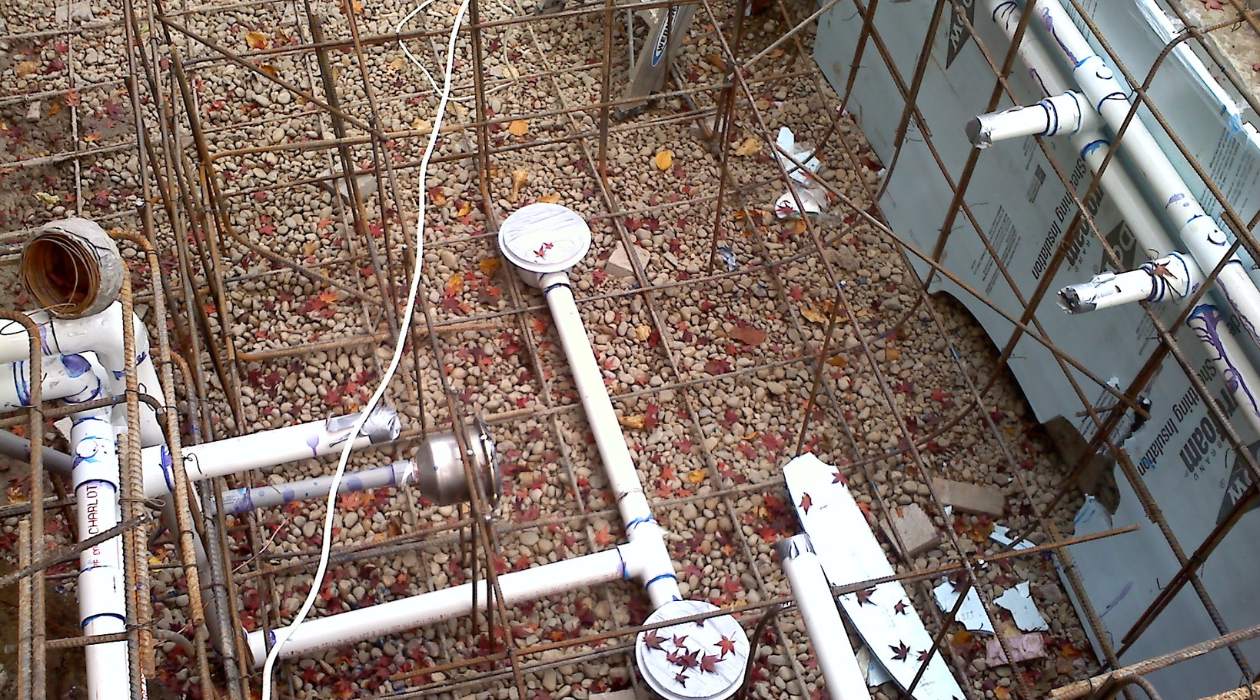
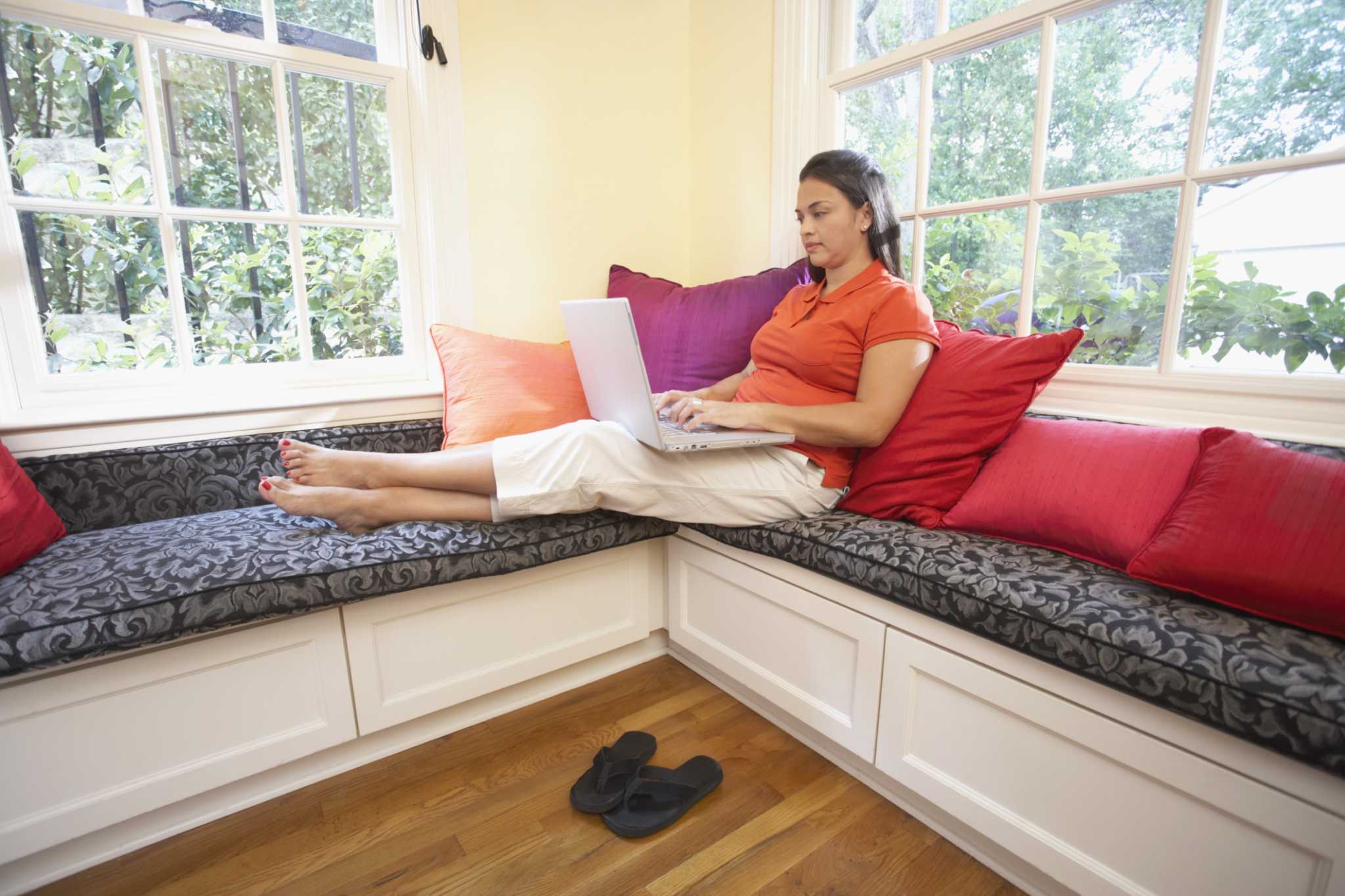
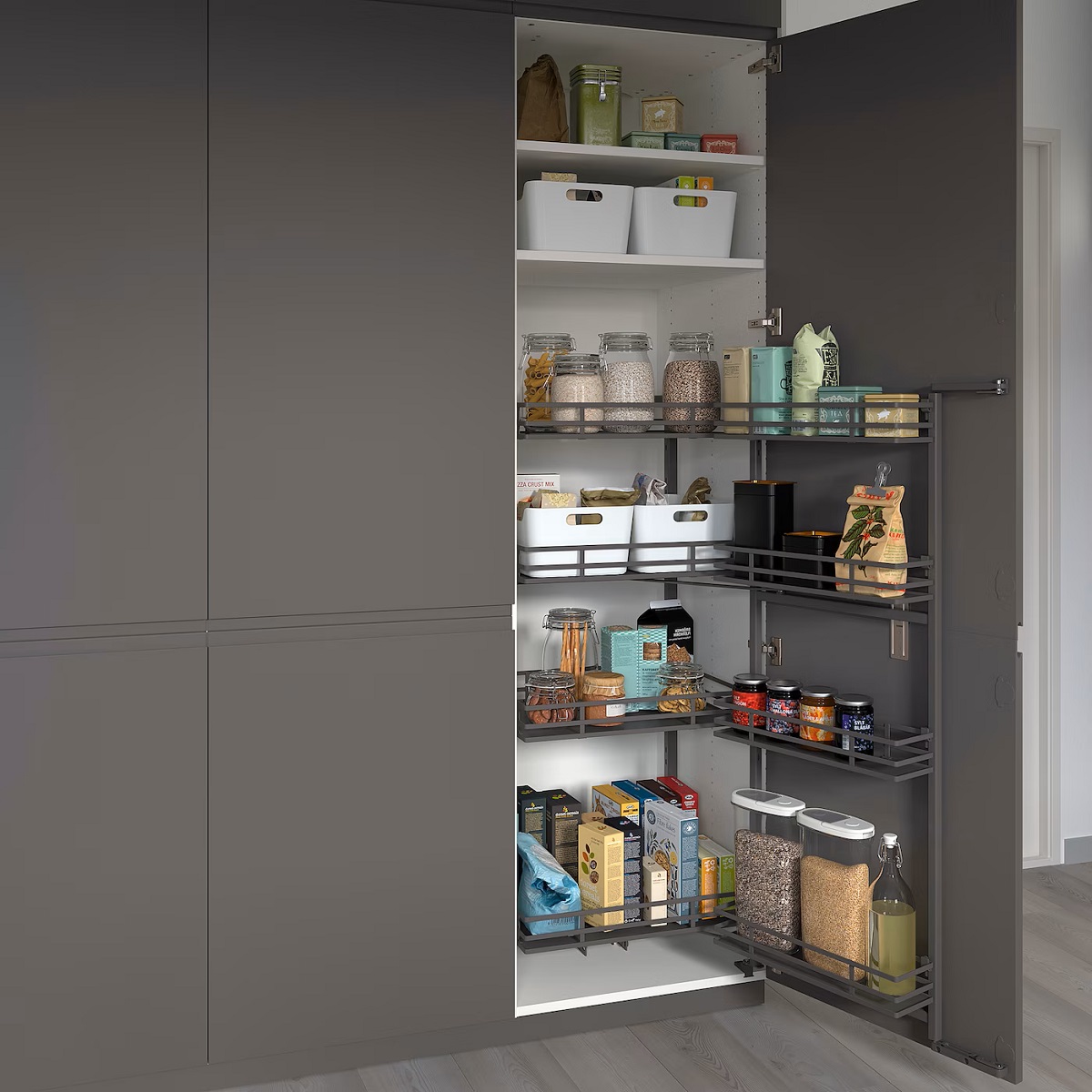
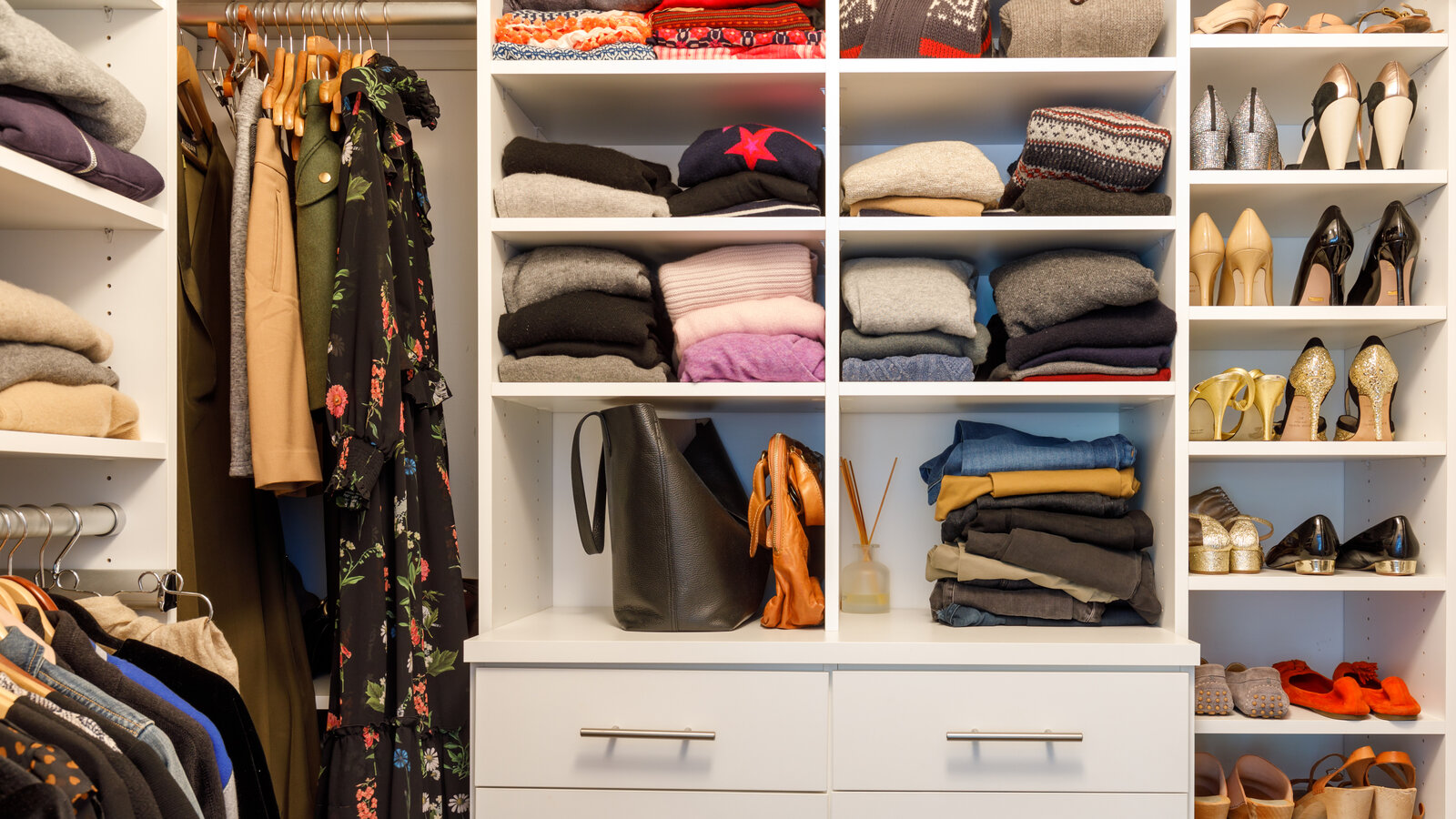

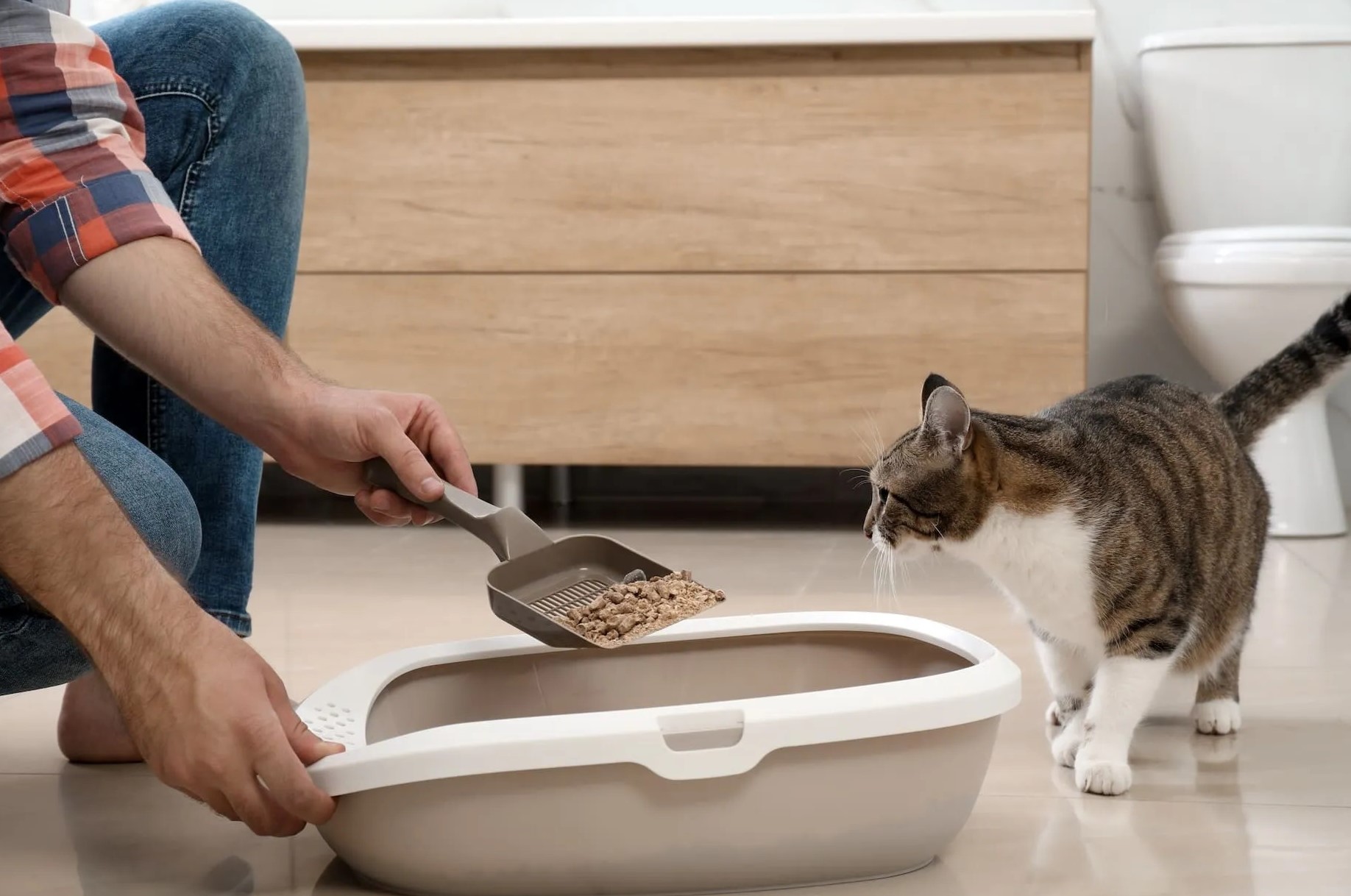
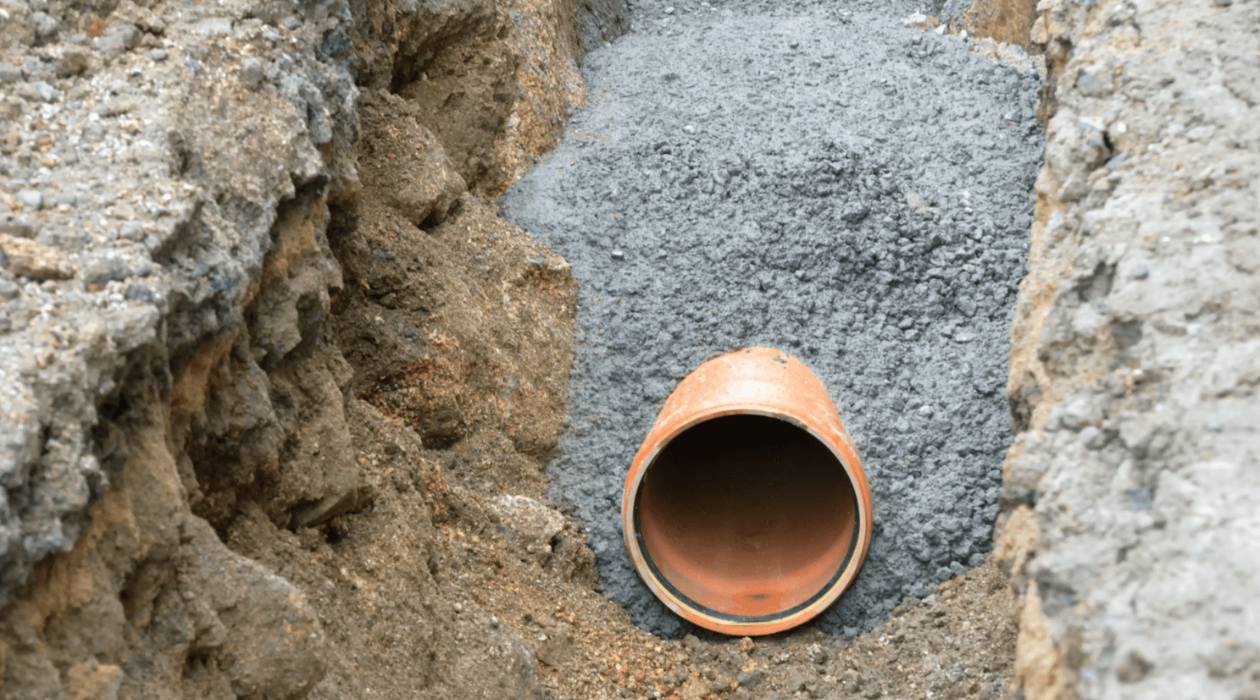
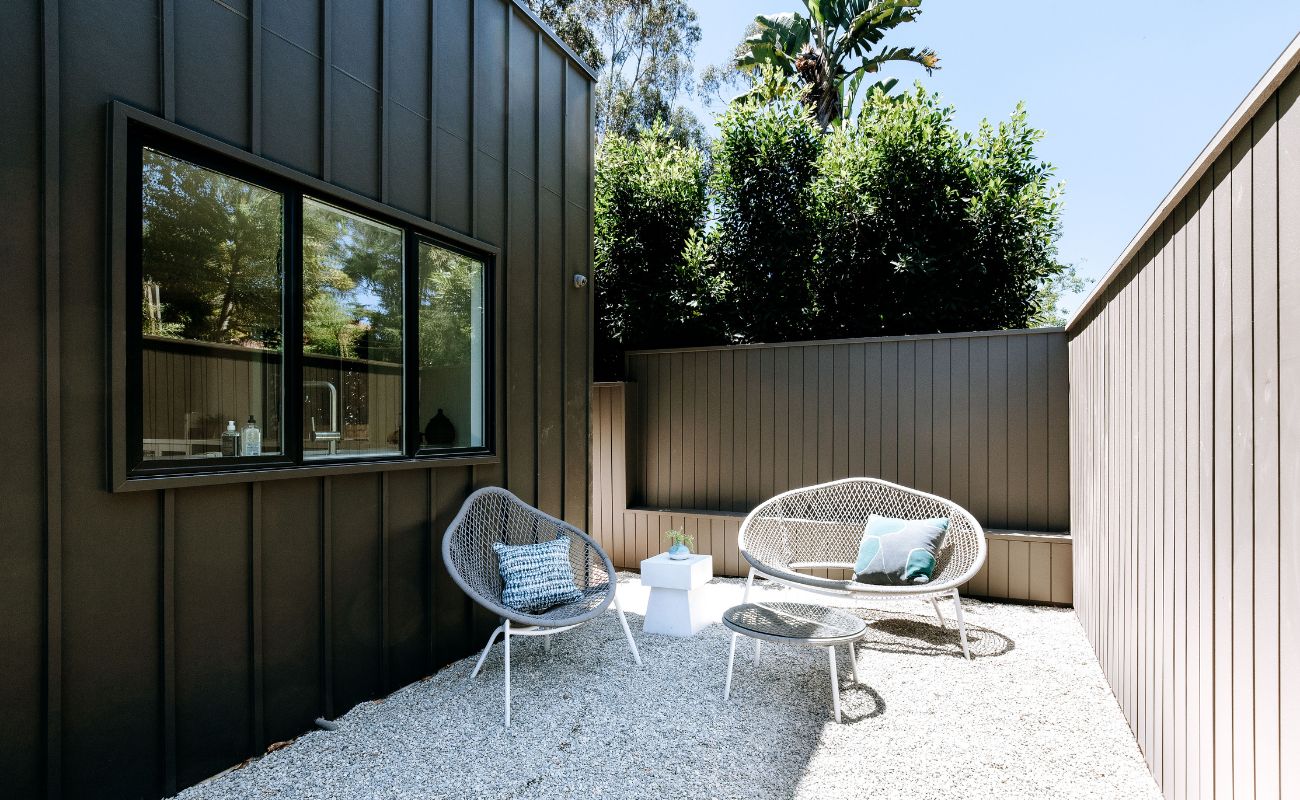

0 thoughts on “How Deep Should A Wardrobe Be”